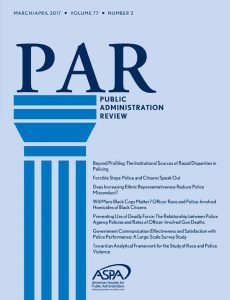Prison: An Unlikely "Beacon of Hope"?

by paulabowles
The Longford Prize for outstanding work in the area of social and penal reform has recently been announced. Although the award has been running since 2002, honouring diverse organisations and individuals, this year is the first time the prize has been awarded to a prison. HMP Grendon was chosen for its unique approach to tackling recidivism, described by the Longford Trust as offering a “beacon of hope”’ for its inmates.
Since its creation in 1962 the prison has been seen as controversial, with its focus on the individual prisoner, as well as ensuring it remains as a ‘therapeutic community.’ Even though Grendon is part of the larger prison estate, it remains unique in both its approach and technique: prisoners have to request a transfer to the prison; once there the expectation is that they are drug free and actively participate in understanding and addressing their offending. There has been a great deal of criticism from many quarters, (including the Prison Service), in part based on perceptions that the regime is not punitive enough, effectively ignoring Grendon’s success in combating recidivism.
In spite of any encouragement offered by this award, HMP Grendon should not be seen in isolation as an eccentric experiment. Instead, we should seize the opportunity to revisit the long-standing debate, as to what it is we hope to achieve through imprisonment. If simple containment is the answer to society’s ills, then Grendon offers very little. However, if both rehabilitation and the reduction of crime are fundamental aims, then maybe Grendon can indeed offer a ‘beacon of hope’.
![]() Rehabilitation: An Assessment of Theory and Research by Mark W. Lipsey, Nana A. Landenberger and Gabrielle L. Chapman
Rehabilitation: An Assessment of Theory and Research by Mark W. Lipsey, Nana A. Landenberger and Gabrielle L. Chapman





1540-6210/asset/society_affiliation_image.gif?v=1&s=812a48e1b22880cc84f94f210b57b44da3ec16f9)